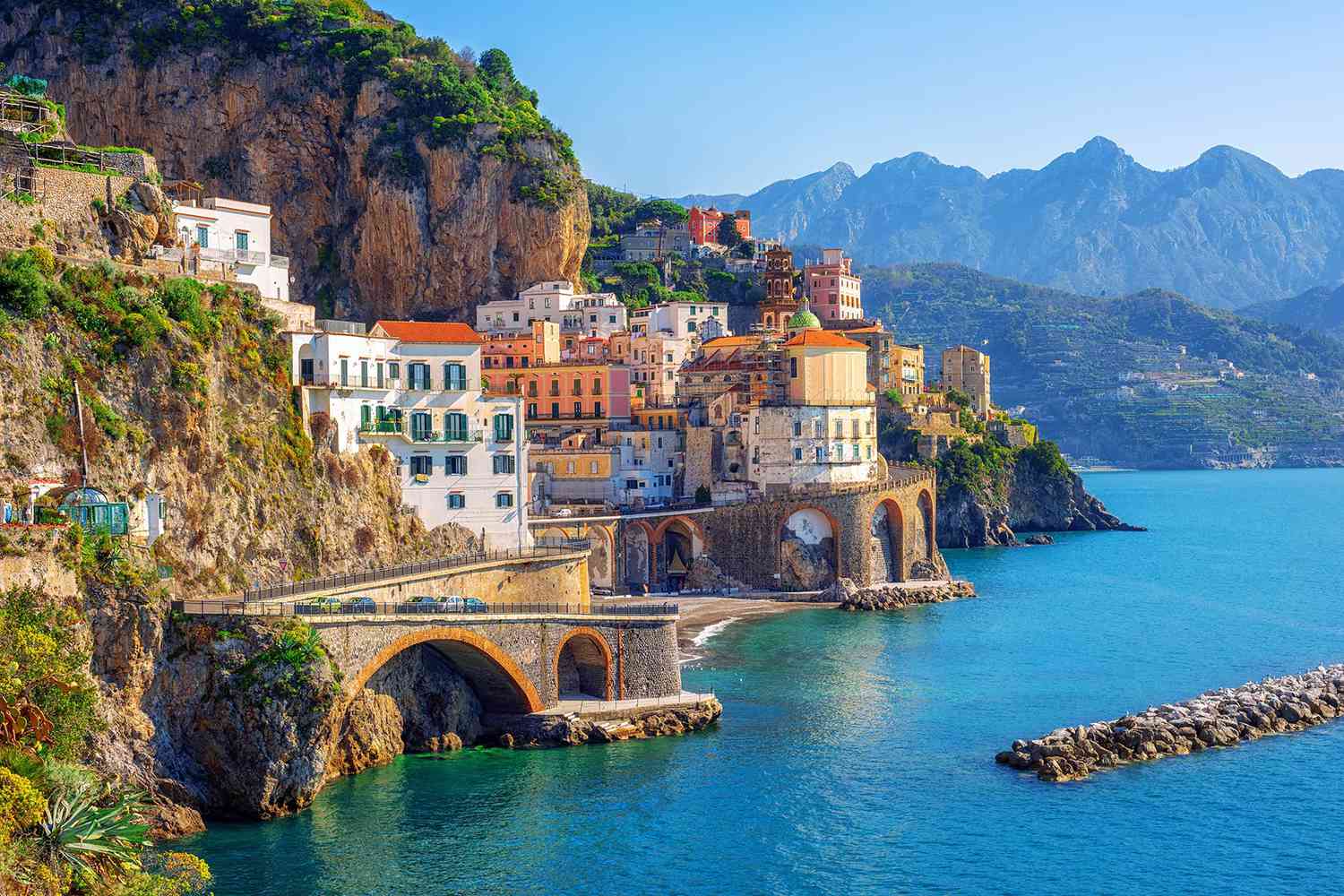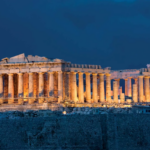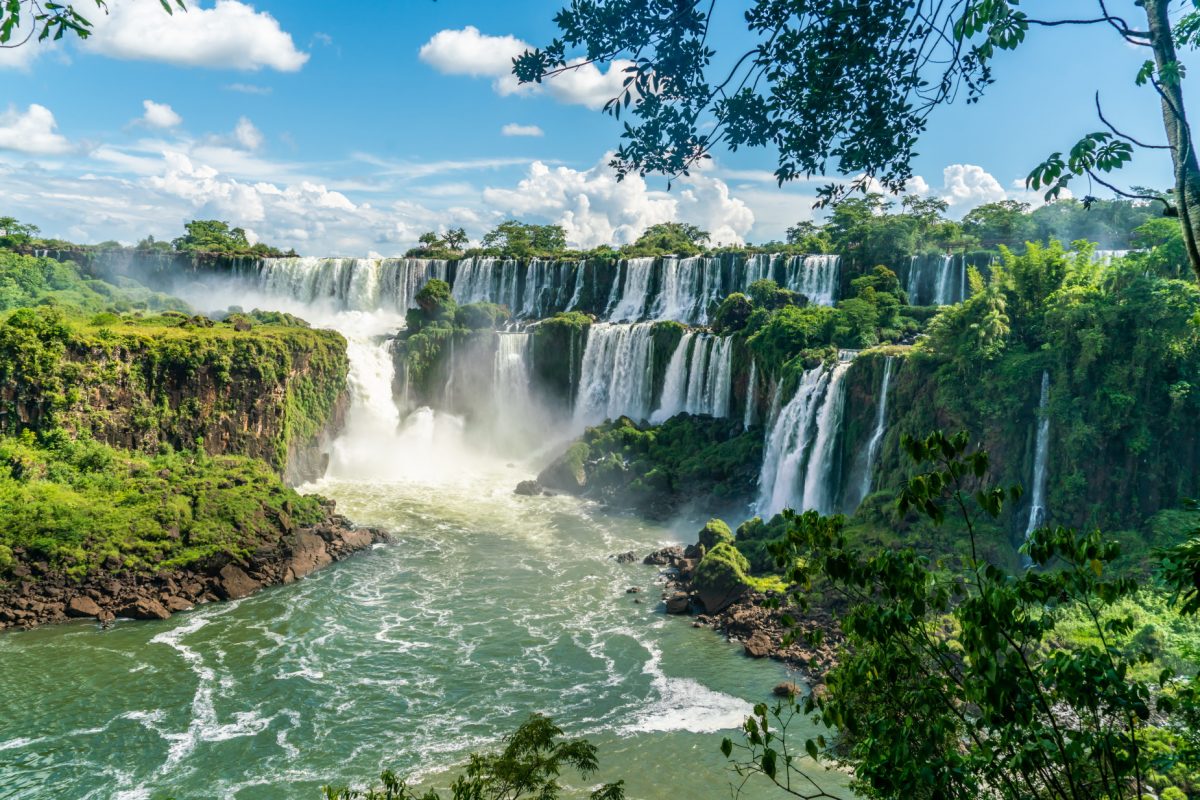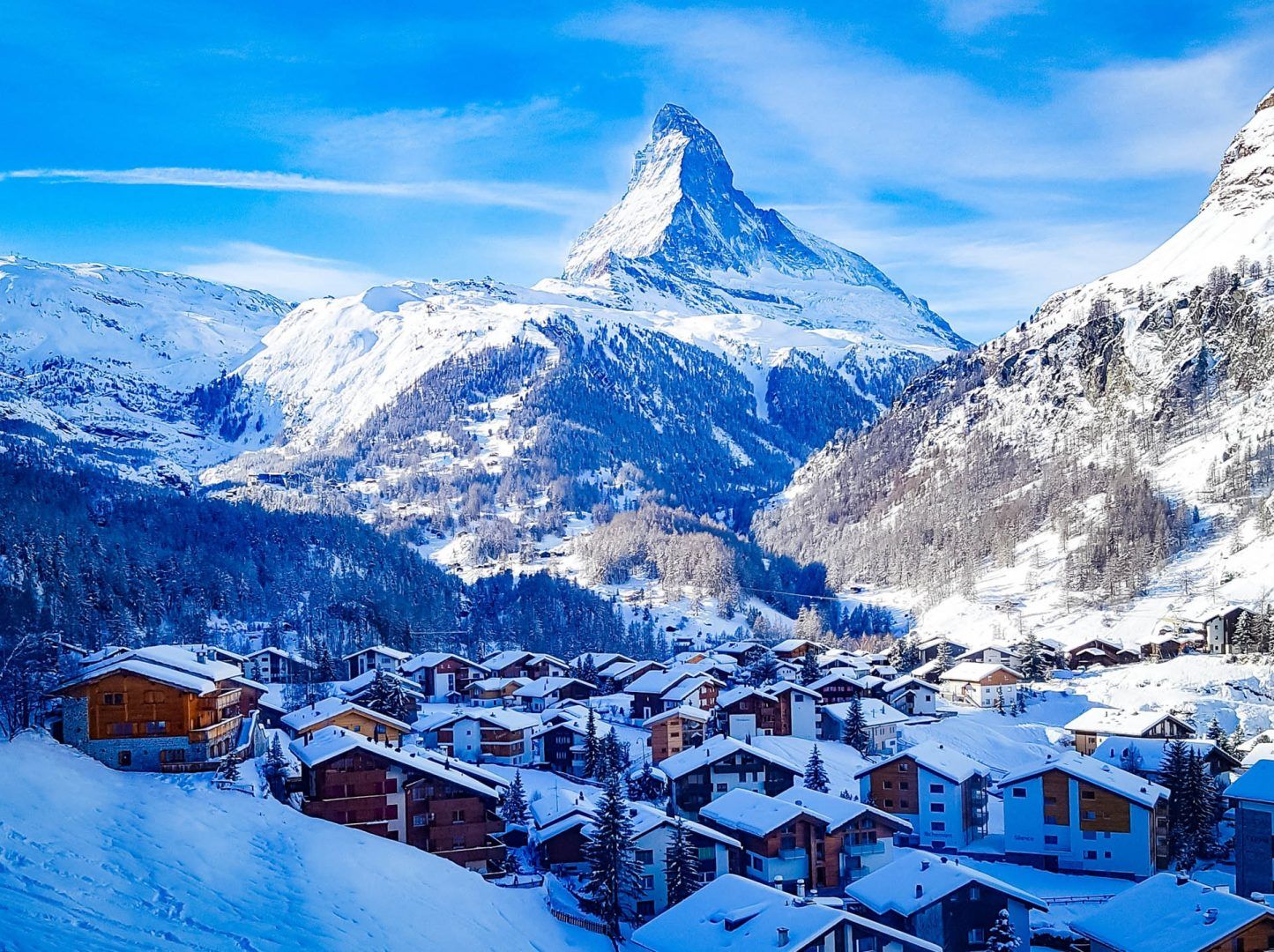The Amalfi Coast in Italy is a place of breathtaking beauty and natural wonder. It is one of the most stunning coastlines in the world, with its rugged cliffs, crystal-clear waters, and colorful towns and villages. The following article will take you on a journey through this paradise on earth, exploring its scenic beauty, history and culture, food and wine, attractions, and the importance of sustainable tourism practices.
The Scenic Beauty of the Amalfi Coast
The Amalfi Coast is a place of stunning natural beauty. Its rugged coastline is home to some of the world’s most spectacular landscapes, with cliffs that rise steeply from the sea and colorful towns that cling to the hillsides. The clear blue waters of the Tyrrhenian Sea offer a perfect backdrop to the striking coastal scenery.
The Amalfi Coast is home to several charming towns and villages, each with its unique character and charm. Some of the most picturesque towns include Positano, Amalfi, and Ravello, with their pastel-colored houses and narrow, winding streets.
The History and Culture of the Amalfi Coast
The Amalfi Coast has a rich history that dates back to the ancient Greeks and Romans. The region’s maritime history is evident in the many ports and harbors that dot the coastline. The town of Amalfi was once a powerful maritime republic, with a fleet of ships that dominated the Mediterranean.
The Amalfi Coast’s cultural heritage is also significant. The region has a unique blend of influences from the ancient Greeks, Romans, and Arabs, which is evident in its architecture, art, and cuisine. The town of Ravello is home to several historic sites, including the 13th-century Villa Rufolo, which features a beautiful garden and a terrace with stunning views of the coast.
The Food and Wine of the Amalfi Coast
The Amalfi Coast is known for its delicious cuisine and wine. The region’s culinary specialties include fresh seafood, pasta, and pizza, all of which are made with local ingredients. One of the most famous dishes in the region is the seafood linguine, which is made with fresh tomatoes, garlic, and seafood.
The Amalfi Coast is also home to several local wines and liquors, including the famous Limoncello, a lemon-flavored liqueur made from the region’s lemons. The region’s vineyards produce several wines, including the Aglianico and Falanghina, which are known for their unique flavor and aroma.
The Activities and Attractions of the Amalfi Coast
The Amalfi Coast offers visitors a range of activities and attractions to explore. One of the best ways to experience the region’s beauty is by hiking along the coastline. The famous “Path of the Gods” is a popular hiking trail that offers stunning views of the coast and the sea.
Visiting the region’s charming towns and villages is also a must-do. Each town has its unique character and charm, and exploring them provides visitors with an opportunity to experience the local culture and traditions.
The region is also home to several historic sites and cultural attractions. The town of Amalfi, for example, is home to the impressive Amalfi Cathedral, which dates back to the 9th century. The town of Ravello is home to the historic Villa Cimbrone, which features a beautiful garden and stunning views of the coast.
Sustainable Tourism in the Amalfi Coast
Sustainable tourism is of utmost importance in the Amalfi Coast. It is essential to adopt responsible travel practices to preserve the natural beauty of the region. Sustainable tourism practices include supporting local businesses and communities, responsible travel practices, and preserving the natural environment.
Visitors can support sustainable tourism in the Amalfi Coast by choosing eco-friendly accommodations, using public transportation, and engaging in activities that do not harm the environment.
Preserving the natural environment is also crucial in the Amalfi Coast. The region’s natural beauty is the primary attraction, and it is essential to protect it for future generations. Visitors can help preserve the natural environment by following the Leave No Trace principles and avoiding activities that could harm the ecosystem.
Conclusion
The Amalfi Coast is a paradise on earth, a place of stunning natural beauty, rich cultural heritage, and delicious food and wine. Its rugged coastline, clear blue waters, and colorful towns and villages make it one of the most beautiful coastlines in the world. The region’s history and culture are also significant, reflecting the unique blend of influences from the ancient Greeks, Romans, and Arabs.
It is essential to recognize the importance of sustainable tourism in the Amalfi Coast. By supporting responsible travel practices, preserving the natural environment, and supporting local communities, visitors can help preserve this natural wonder for future generations. The Amalfi Coast is not only a place of stunning beauty, but it is also a symbol of Italy’s cultural heritage and significance. Its continued preservation and protection are crucial to ensure that it remains a paradise on earth for centuries to come.





